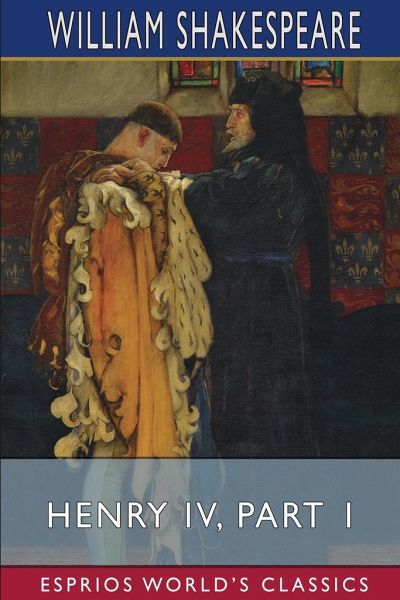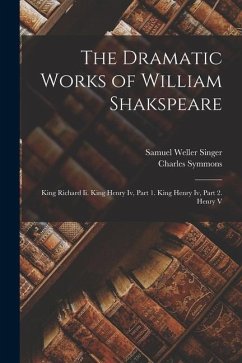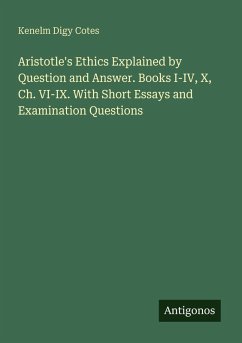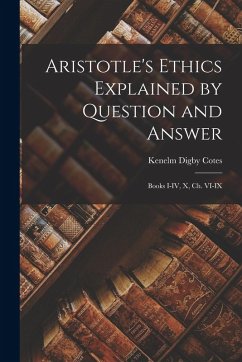
Henry IV, Part 1 (Esprios Classics)
Versandkostenfrei!
Versandfertig in 1-2 Wochen
21,99 €
inkl. MwSt.

PAYBACK Punkte
11 °P sammeln!
Henry IV, Part 1 is a history play by William Shakespeare, believed to have been written no later than 1597. It is the second play in Shakespeare's tetralogy dealing with the successive reigns of Richard II, Henry IV (two plays, including Henry IV, Part 2), and Henry V. Henry IV, Part 1 depicts a span of history that begins with Hotspur's battle at Homildon in Northumberland against Douglas late in 1402 and ends with the defeat of the rebels at Shrewsbury in the middle of 1403. From the start, it has been an extremely popular play both with the public and critics.













![The Four Georges [George I - George Iv, Kings of Great Britain] Sketches of Manners, Morals, Court, and Town Life Cover The Four Georges [George I - George Iv, Kings of Great Britain] Sketches of Manners, Morals, Court, and Town Life](https://bilder.buecher.de/produkte/68/68806/68806643n.jpg)